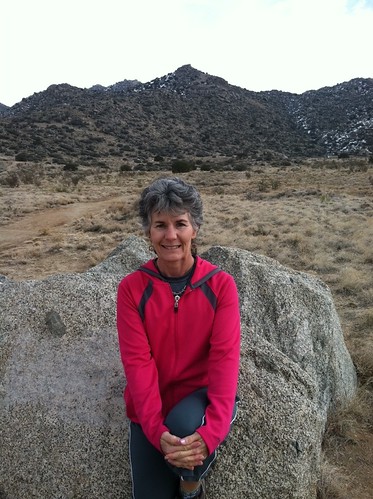
When she was in high school, Bequi Livingston read a book about firefighting and was quickly intrigued. Little did she know that she would one day become one of the U.S. Forest Service’s pioneer women in wildland firefighting and fight fires for nearly 20 years.
After graduating from college, an article in her local newspaper caught her eye. The article was about the Young Adult Conservation Corps encouraging people to apply for its fire crew on the Smokey Ranger District. Livingston was accepted, but when she excitedly reported to work on her first day on the Lincoln National Forest, her office manager was surprised to meet a woman.
“She thought I was a boy because of how I spell my name, and she offered me a position in the office,” Livingston said. “I said no and demanded no other way.”
Eventually, Livingston became a true firefighter and over the years, she worked her way up to join a hotshot crew, an elite wildland fire crew. In fact, Livingston and another female friend were the first women to join the elite Smokey Bear Hotshot Crew based in New Mexico.
A critical part of being a member on any hotshot crew is maintaining superb physical fitness. In fact, “hotshots” must be able to hike three miles in 45 minutes while carrying a 45-pound pack. Standing just less than five feet tall, Livingston, who studied health and fitness in college as a track and gymnastics athlete, faced challenges that required certain levels of physical competency.
Together, Livingston and her good friend, another female member on the Smokey Bear Hotshot Crew, exercised often “because we knew we needed to be in top shape to fight fires,” she said.
Gear alone was typically at least 25 pounds and if Livingston also carried a chainsaw, the tool added 40 to 45 pounds.
Her top physical shape played a huge role in one of her proudest moments as an active firefighter. During a fire in a remote wilderness area in New Mexico, a fellow firefighter separated from the rest of the crew at a meeting point and wound up lost. A mix of severe anxiety and being in poor physical shape impeded the firefighter from carrying his backpack back to the meeting point.
Livingston carried his backpack “in addition to mine, which itself weighed 50 pounds. That really helped my credibility even more.”
Read more about how Livingston barely escaped a raging fire in 1988 in the Forest Service special feature Faces of the Forest, a bi-weekly feature of the Office of Communication to showcase the people, places and professions within the agency.
